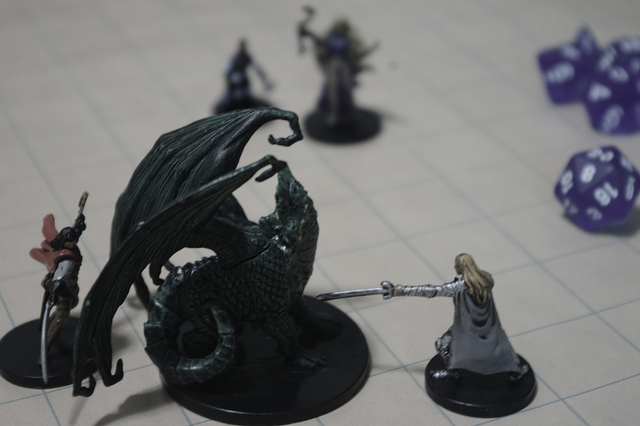In my work as a child clinical psychologist, parents frequently comment that their kids affected by slow processing speed don’t want to join a sports team, have little interest in inviting a friend to the house, refuse to participate in music lessons, and have difficulty finding areas of interest outside the home. Many of these parents tell me about enrolling their kids in a variety of sports or social organizations such as Boy Scouts or Girl Scouts, only to find that after their initial excitement, the kids do not want to participate on an ongoing basis. Arguments start each time the after-school activity is scheduled. These parents of kids with slow processing speed understandably wonder why their kids with slow processing speed avoid extracurricular activities
This reluctance on the part of many kids with slow processing speed is based upon their inability to keep up with the pace or level of activity that they encounter. This type of reluctance can also be seen in group activities such as Boy Scouts, where too much is going on at the same time for kids with slow processing speed. Although this can be particularly true in sports, a patient coach or sensei in karate can be an enormous advocate for kids with slow processing speed. While children with slow processing speed may have problems articulating what makes these extracurricular activities difficult for them, careful observation can provide the necessary clues to understanding a child’s experience.
It is important to have a thoughtful, considerate approach to finding the best extracurricular activities for kids with slow processing speed. Parents need to pay attention to the pace of activities, the processing requirements (how many things are going on at once), and their child’s unique set of interests and strengths. It can also be useful to think about activities where a child’s slow processing speed may be an asset rather than problematic.
Here are a few suggestions for extracurricular activities for kids with slow processing speed:
Engage in creative and free play. Encourage children with slow processing speed to engage in play where there are no rules, and moving at one’s own pace adds to, rather than subtracts from, the experience. Playing with a doll house, toy kitchen, or action figures lends itself to this type of play.
Play fantasy games that have no specific outcomes or time limits. Tabletop and video games such as Dungeons & Dragons, Magic the Gathering, Pokémon, Warhammer, and Yu-Gi-Oh encourage kids to go at their own pace.
Get moving. Strongly support a regular exercise program by joining a gym or having some exercise equipment at home. Kids with slow processing speed do best in individual, non-competitive sports and in exercise such as running, biking, or swimming. Exercise directly improves attention span and improves executive functions, both of which can impact processing speed.
Familiarity is processing-speed friendly. Focus on activities where a child really gets to know someone or something. Help a child with slow processing speed do something where there is a depth of knowing and understanding. This might include participating in a small class on topics such as robotics or nature or spending regular time with cousins or close family friends.
Create with technology. Kids with slow processing speed can control the pace of their effort when making YouTube videos, learning computer coding and programming, and using technology for art and design.
Play an instrument. The practice required for becoming good at playing an instrument is at a pace that a child can control. Because practice leads to proficiency, kids with slow processing are likely to match, if not exceed, their peers in mastery of an instrument.
Does your child with slow processing speed participate in after-school activities? What’s their favorite hobby? Share your experiences and ideas with other parents in the comments or come talk to us on Facebook!
Featured image: Flickr user Dagny Mol




